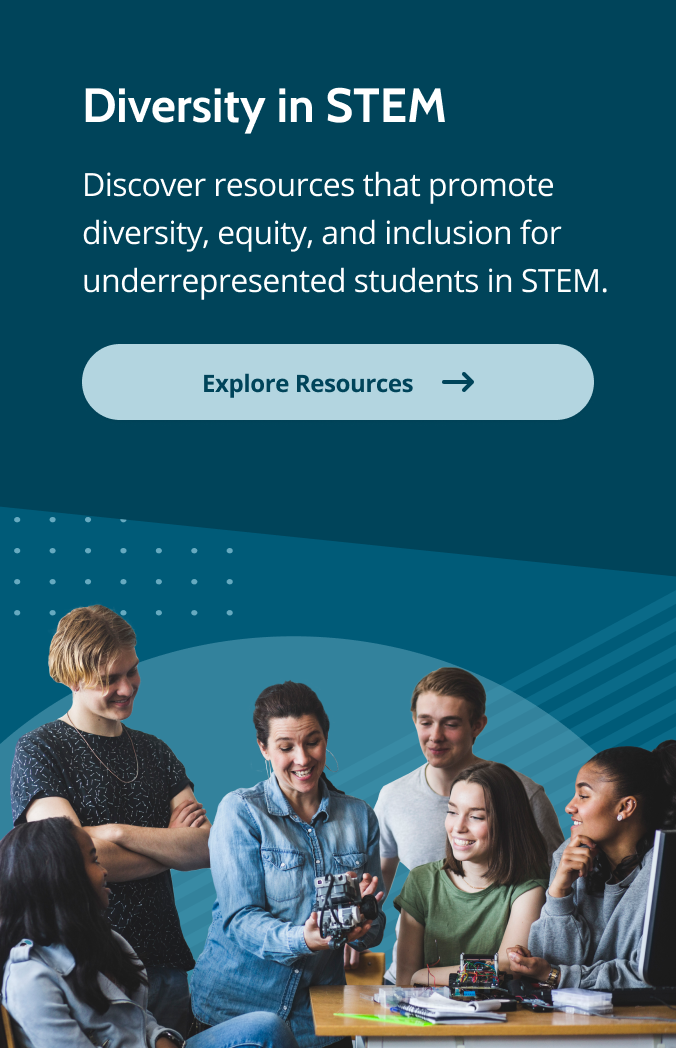How to Become a Java Developer: Step-by-Step Guide
Spotify, the Maestro Mars Rover, and Minecraft — what do all of these have in common? They were all developed with Java.
Whether you want to build a new app or help take humanity to a new planet, becoming a Java developer might be the right career for you.
Read on to learn how to become a Java developer.
What Is a Java Developer?
Java developers create software and applications using the Java programming language. They may write and test the code, debug and apply the software or application, and analyze or troubleshoot any issues.
Depending on the project, these professionals may work with various programming languages, media types, and systems. Java developers often work with web developers, engineers, programmers, and testers throughout the product life cycle.
How to Become a Java Developer
There are many paths to becoming a Java developer. See some of the more common steps you can take to enter the field below:
Step 1: Learn Core Java
Core Java covers most of the language’s fundamental concepts and applications, mainly object-oriented programming concepts. It’s a good place to start because you can use Core Java for developing general-purpose applications. But it also provides the foundation for advanced concepts.
Aspiring developers can also use Core Java to test out the field without investing too much time and money. If you find the language or concepts too challenging or uninteresting, you can pivot or change directions.
Step 2: Choose a Java Developer Education Route
While Java developers do not need college degrees, they can help them stand out amongst the fierce competition. Many aspiring developers pursue a bachelor’s in computer science, information technology, or a related discipline. These programs often feature programming and software development studies.
Some professionals pursue master’s degrees in computer science as well. These degrees cover advanced concepts in Java programming and prepare students for senior positions and leadership roles.
Other avenues to the field may include a Java development bootcamp or certificate program. These condensed programs tackle many of the practical components of Java development and may qualify graduates for entry-level positions.
Step 3: Get Hands-on Experience as a Java Developer
Employers look for candidates with relevant hands-on Java experience when hiring. You can gain experience in many ways, including through entry-level programming or junior developer positions. In these roles, professionals learn how to write clear and functional code, follow design plans, and test and modify scripts.
Aspiring developers can also pick up experience during their studies. College programs and bootcamps may feature internships that allow students to learn on the job and get familiar with the development processes.
You can also freelance for companies or develop your own Java projects. Build a coding portfolio to showcase your work to potential employers.
Step 4: Learn Advanced Java
After building a foundation in Core Java, you need to learn Advanced Java to create web-based applications. Advanced Java includes database connectivity, servlets, and Jakarta Server Pages. With this knowledge, you can design, develop, and deploy various online applications for clients.
Advanced Java prepares developers for client- and server-side architecture and how to work with different servers, frameworks, tools, and technologies.
Step 5: Keep Building Your Resume
Java developers can continue building their resumes as they work their way into and through the field. They can develop their skills and specializations via self-study, college programs, or bootcamps. Developers can also add Java-based projects that highlight various skills and tools to their portfolios.
Vendor certifications can help developers as well. These credentials verify and promote the professional’s experience and skills using specific vendor technologies and practices. Java developers may consider the Oracle certified associate or Spring professional certification.
How Much Do Java Developers Earn?
The wages for Java software developers depend on many factors, including the developer’s skills, credentials, industry, and location. According to the Bureau of Labor Statistics (BLS), the median annual salary for software developers was $130,160 in May 2023. The top 10% of professionals in this field earned more than $208,620.
One of the highest-paying industries is information services, where workers earned an average annual salary above $215,000 as of May 2023, as per the BLS. Workers in the highest-paying states — California, Washington, and New York — earned above $150,000, on average. Meanwhile, workers in Texas and Virginia earned average annual wages of $125,890 and $139,920, respectively.
| State | Employment | Hourly Mean Wage | Annual Mean Wage |
|---|---|---|---|
| California | 304,390 | $83.55 | $173,780 |
| Texas | 138,510 | $60.52 | $125,890 |
| New York | 105,460 | $72.12 | $150,020 |
| Washington | 89,110 | $76.92 | $159,990 |
| Virginia | 86,680 | $67.27 | $139,920 |
What Are Key Java Developer Skills?
Hard Skills
Object-oriented programming
Database programming and data structures
Java virtual machines
Web frameworks and languages
Version control systems
Java build and testing tools
DevOps tools
Soft Skills
Communication
Problem-solving
Creativity
Analytical
Organization
What to Know Before Becoming a Java Developer
Abinaya Dinesh, a second-year computer science student at the University of California, Berkeley said the first time she tried to learning to program went horribly because she didn’t have a reason to learn.
It wasn’t until she went through gastrointestinal issues during the pandemic that she realized a powerful motivation could help her overcome the difficulty of learning to program and build software. Dinesh recognized problems in the medical system that an app could fix. Dinesh developed Gastro at Home, an app that helps people navigate gastrointestinal conditions when they can’t access a doctor, and Apple recognized her ingenuity.
Do it because you want to do it,
Dinesh said. Do it for fun. Do it because you want to learn. If you do it for the wrong reasons, it adds so much pressure … and your motivation doesn’t line up with what you’re doing, and things will go wrong.


Frequently Asked Questions About Becoming a Java Developer
It depends on the educational path you take. If you teach yourself Core Java and start developing after that, it could take a few months to a year. If you decide to get a bachelor’s degree, it could take four or more years. The path you choose depends on what you want to do, where you want to work, and your personal circumstances.
With Contributions By

Abinaya Dinesh is a sophomore pursuing a double major in Computer Science and Cognitive Science at the University of California, Berkeley. She is an Apple WWDC21 Swift Student Challenge winner and has been paving the way for young girls in STEAM from a young age in industry and among her local community. After having a difficult experience implementing data science best practices in large projects, she developed and launched an eight-week high school program, called Girls in AI, to teach other young high schoolers the basics of machine learning using libraries like Pandas, Numpy, and sci-kit learn. In addition to encouraging better technical models at scale, Abinaya is passionate about using AI to improve public health. In just a few months, she developed an app called Gastro at Home — a way for patients struggling with gastroenterological disorders to take control of their health from home.
Note: The insights on this page were reviewed by an independent third party compensated for their time by BestColleges. Page last reviewed July 16, 2024.
Explore More College Resources

Best JavaScript Bootcamps
JavaScript is one of the most popular programming languages. Learn about the best JavaScript bootcamps, including program costs and learning formats.

by Marisa Upson
Updated April 19, 2023



